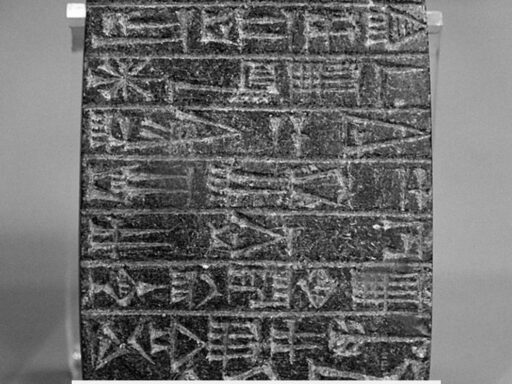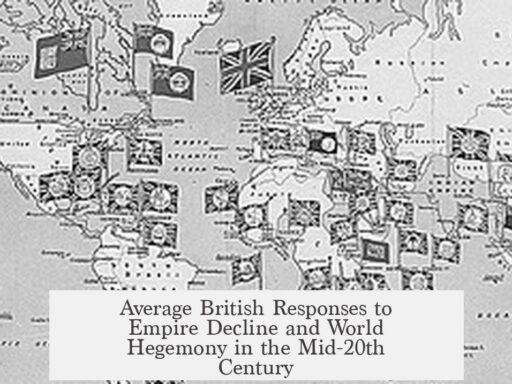Yeomen were free, non-noble landowners who worked their own land and stood between peasants and gentlemen in social rank. Unlike serfs and peasants, they owned land independently and were not bound to a lord’s manor. This distinction placed yeomen in a unique position within the feudal and early modern social order, marked by personal freedom and land ownership.
Serfs were legally tied to the land they worked. If land changed hands, serfs transferred with it. They owed labor and various services to their feudal lords without pay, essentially lacking freedom. Peasants shared some similar limitations but might have had slightly different labor or tax obligations. In contrast, yeomen held their land as freeholders. They did not owe corvée labor and were entitled to payment for any compulsory services rendered.
- Yeomen owned small to medium plots of land.
- They managed and worked their land without landlord interference.
- They were free to sell or pass on their land.
Yeomen also had the right and expectation to bear arms. This right distinguished them from serfs, who were often prohibited from carrying weapons. Historical depictions, such as Chaucer’s Yeoman in the Canterbury Tales, show them armed with bows and swords. This militaristic role tied them to local defense and reflected a degree of social standing above peasants.
Economically, yeomen had the means to purchase items beyond basic needs, such as brooches or fine clothing. Their status was modest but stable, blending labor and property ownership. They were distinct from the nobility but symbolized a self-reliant middle class both in England and later in the United States.
In the US, yeomen were independent, non-slaveholding farmers. Figures like Thomas Jefferson emphasized yeomen as pillars of democracy and virtue. This ideal supported a society less stratified than European feudalism, promoting egalitarian values and local governance. Yeomen farmers contributed to political and social structures less dependent on hierarchical control and more on individual property rights.
- Yeomen: Free landowners who worked their own farms.
- Serfs: Bound to land with limited freedom and forced labor.
- Peasants: Generally tied to land with obligations but less freedom than yeomen.
- Yeomen bore arms; serfs often could not.
- Yeomen were economically stable with some discretionary spending.
- US yeomen symbolized democratic, independent farming communities.
What Exactly Were ‘Yeomen’ and How Did They Differ from Other Commoners Like Serfs and Peasants?
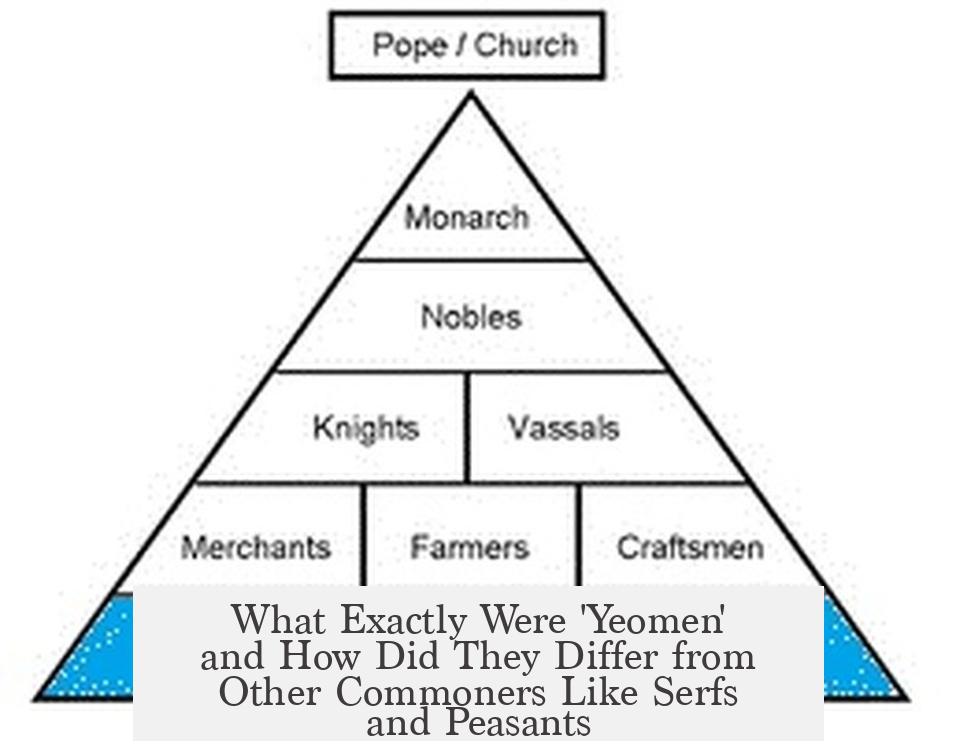
Simply put, yeomen were free, land-owning farmers who worked their own plots of land and enjoyed rights and freedoms that serfs and peasants lacked. They stood somewhere in the social spectrum between humble peasants and the nobility, carving out lives on their own terms.
But what does that really mean? And how did yeomen differ from those tied to the land without freedoms? Let’s dig into these historical layers to unravel the thorny relationship between yeomen, serfs, and peasants.
Yeomen: The Independent Small Landowners
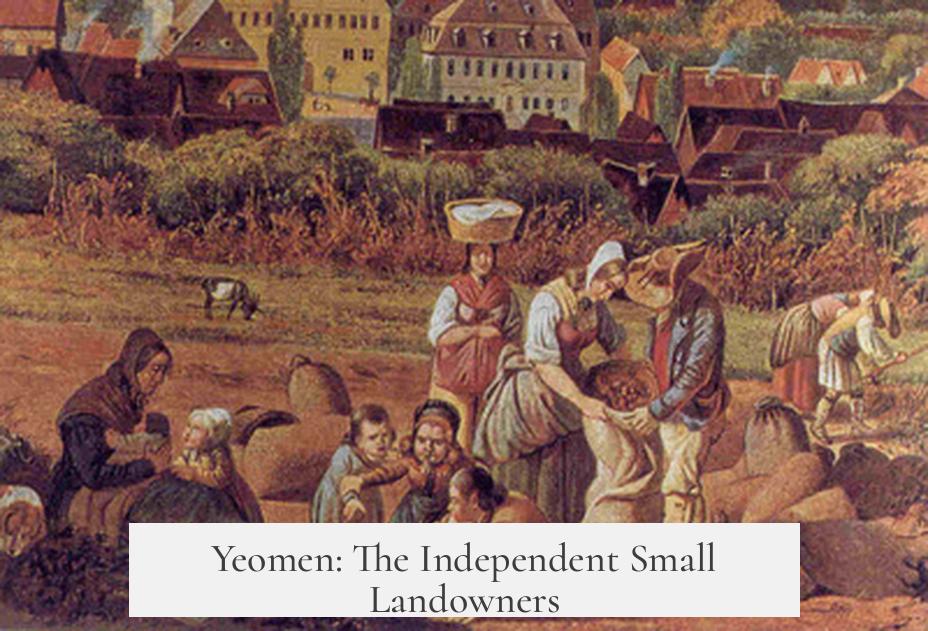
Yeomen weren’t just peasants with better luck. They were free men who owned their land outright. Unlike serfs, who were bound like glue to their lord’s property, yeomen held a stronger grip on their plots. Think of them as the middle ground between the poverty of peasants and the privileges of gentry.
Picture a yeoman: a man tending his own modest farm, neither rich nor idle, neither noble nor helpless. This man could neither afford a retinue of workers nor live off rents alone. Often, he worked side-by-side with his family to cultivate the soil.
In essence, yeomen were free laborers with property, enjoying economic independence rare in medieval society.
Serfs vs. Yeomen: Bound or Free?

The defining chasm between serfs and yeomen lay primarily in freedom. Serfs were tied to the land like it was a leash. Sell the manor, and the serfs went with it—no negotiations. They owed labor and services, often without pay, under the dreaded corvée system.
Yeomen had it better—they were exempt from forced labor. Their obligations were often monetary payments or military service, compensated and recognized by law. Their freedom to sell or mortgage land gave them a stake in economic affairs.
Imagine a serf trying to pack up and leave his village. Not going to happen. A yeoman? He could sell his land, raise funds, and move on if needed—freedom in action.
The Armed Yeomen: Bowmen of Chaucer’s Tale
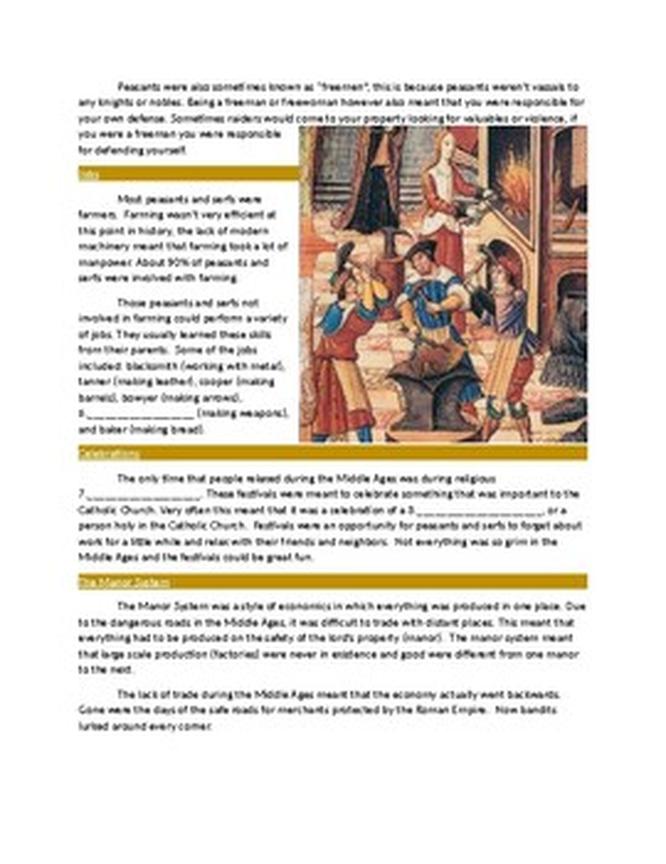
Armed and ready—that’s how yeomen appear in literature and history. Geoffrey Chaucer’s famous depiction of the Yeoman in The Canterbury Tales shows him bearing a bow, shield, and sword.
This was no coincidence. The law restricted weapon ownership largely to the nobility. Serfs couldn’t just strut around with bows. Yeomen, however, had both the right and obligation to bear arms. They often served in local militias or as part of feudal levies.
This military role doubled as social proof that yeomen were more than just farmers—they were defenders of their lands and communities.
Economic Reality and Social Status
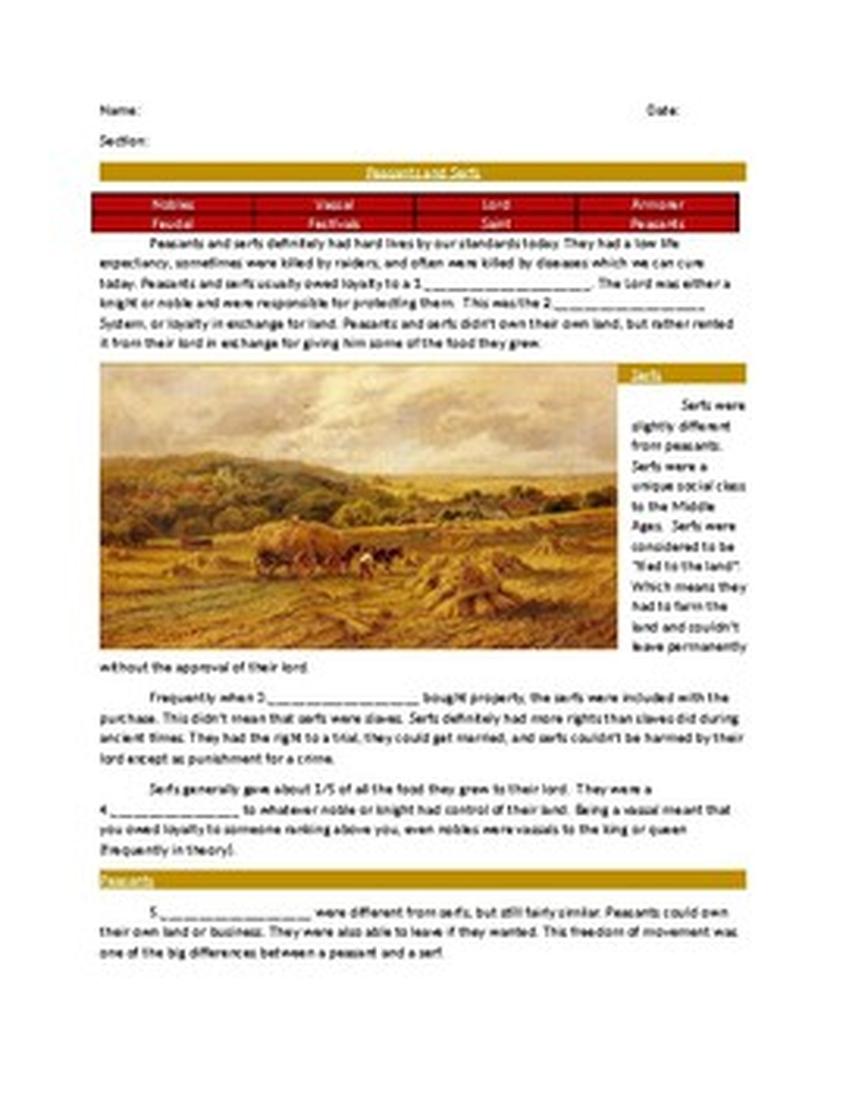
Let’s talk money—not piles of gold but enough to afford little luxuries. The yeoman’s brooch, for example, symbolized not just ornamentation, but a certain economic comfort. It wasn’t wealth to move mountains but enough to step above mere survival.
Unlike most peasants, who lived hand-to-mouth, yeomen could invest in their homes and tools. This modest affluence gave them a voice, albeit limited, in rural affairs. Yet, they remained primarily workers and soldiers, not aristocrats in disguise.
The Yeomen in the United States: A New Frontier Ideal
Crossing the Atlantic, the yeoman ideal took on new life. Thomas Jefferson famously extolled the “yeoman farmer” as the backbone of American democracy: an independent, hard-working landowner inspiring a virtuous society. No plantations, no slaves, just honest toil and self-reliance.
In the 19th century, movements like the Grange and the Farmer’s Alliances championed these small farmers against encroaching commercial farming and industrialization. Yeomen represented a non-urban middle class that refused to be swallowed by big agribusiness.
Sounds like an American Dream plot, doesn’t it?
Yeomen and Egalitarian Societies
The social fabric woven by yeomen farmers often contrasts sharply with the stratified, hierarchical societies of medieval Europe and Latin America. When a landowning class depends heavily on oppressed peasants, systems often necessitate heavy-handed enforcement.
Yeomen, by owning and working their land freely, helped foster more egalitarian, self-governing rural communities. This dynamic influenced national development and stability. If freedom and ownership breed responsibility, then yeomen were foundational in building freer societies.
A Quick Comparison Table: Yeomen, Serfs, and Peasants
| Aspect | Yeomen | Serfs | Peasants |
|---|---|---|---|
| Land Ownership | Owned small/medium plots | Bound to lord’s land; no ownership | Generally tenants on manor land |
| Freedom | Free, could sell or mortgage land | Not free, tied to land | Often restricted, dependent |
| Labor | Worked own land, free labor | Owed labor, often unpaid (corvée) | Worked land for subsistence or lord |
| Right to Arms | Allowed and expected | Usually forbidden | Usually forbidden |
| Economic Status | Modest comfort, some wealth | Poor, barely surviving | Often poor or subsistence level |
Why Should We Care?
Understanding yeomen helps us grasp the layers of social structure in feudal and early modern societies. Their existence highlights the blurry yet vital lines between oppression and freedom, between poverty and modest prosperity.
Plus, yeomen remind us that history isn’t only about kings and queens. It’s about people who shaped their destinies. If you’ve ever struggled to balance work, ownership, and freedom, maybe you share a bit of yeoman spirit.
So next time you hear “yeoman,” don’t picture just another medieval farmer. Think of a proud freeholder, bow in hand, working hard and carving out a slice of liberty in a world full of constraints.
What distinguished yeomen from serfs in terms of personal freedom?
Yeomen were free landowners who were not bound to the land, unlike serfs. Serfs were tied to specific manors and had to provide forced labor. Yeomen could not have labor forced upon them and were paid for their services.
How did the ability to bear arms set yeomen apart from peasants and serfs?
Yeomen were allowed and expected to carry weapons like bows and swords, which serfs often could not. This right marked a clear legal and social distinction from serfs, restricting weapon possession under feudal law.
In what way did yeomen’s economic status differ from that of peasants?
Yeomen owned their land and could afford some personal finery, showing a higher economic status. Peasants worked land they did not own and lived under more hardship and restrictions from landlords.
Why were yeomen considered important in early American society?
In the United States, yeomen were independent, non-slaveholding farmers seen as the backbone of local democracy. They opposed large commercial plantations and helped create more egalitarian rural societies.
How did yeomen contribute to social equality compared to peasants in Europe?
Yeomen’s ownership and independence helped produce less stratified societies. In Europe, peasants’ oppression by landowners led to rigid social hierarchies and security measures absent where yeomen predominated.



